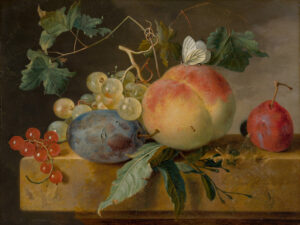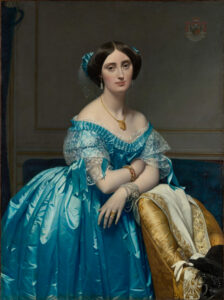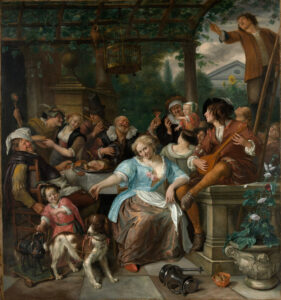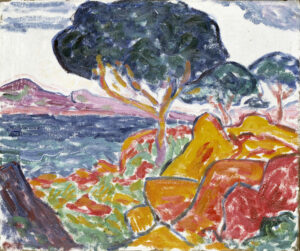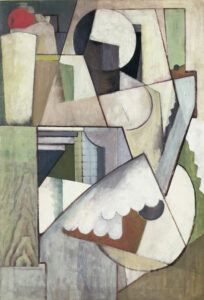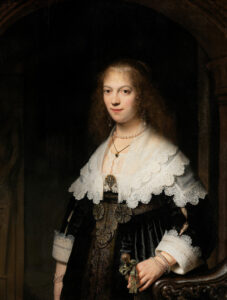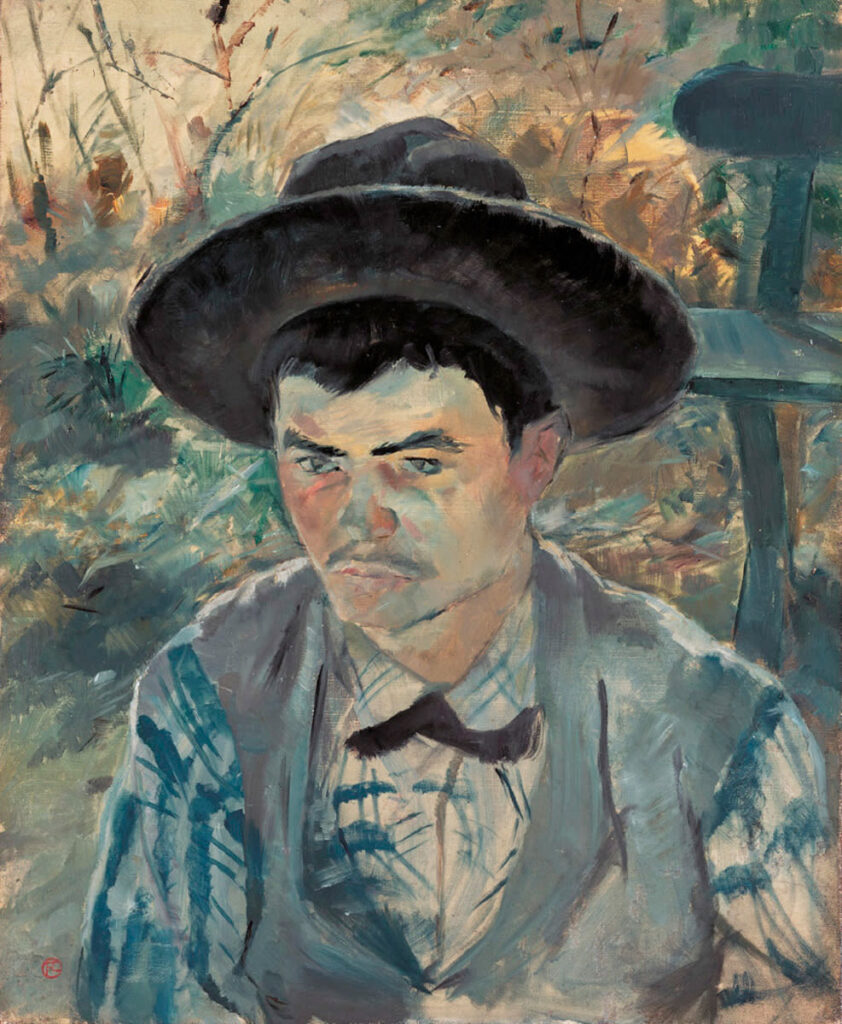
The young Routy at Céleyran Castle (1882) marks a significant milestone in Toulouse-Lautrec’s artistic development, already revealing his precocious mastery of portrait psychology.
This work, the culmination of a series of twelve preliminary charcoal studies, demonstrates Manet’s decisive influence on the young painter. The composition presents the model in a bucolic setting where the sunlit vegetation contrasts with the melancholic expression of the figure. Lautrec employs a luminous technique here, subtly playing with direct and indirect lighting to create a highly evocative atmosphere. The chromatic palette harmoniously juxtaposes warm and cool tones, while light caresses the young man’s face, accentuating the contrast between the apparent cheerfulness of the setting and the inner gravity of the model.
Further information
- Henri de Toulouse-Lautrec, The young Routy at Céleyran Castle, 1882
- 61 × 49.8 cm
- Neue Pinakothek, Munich, Bavarian State Painting Collections
- https://www.sammlung.pinakothek.de/de/artwork/jWLp2PQ4KY/henri-de-toulouse-lautrec/der-junge-routy-auf-schloss-celeyran
Henri de Toulouse-Lautrec (1864-1901) embodies the genius of the Parisian Belle Époque. Born into the Albi aristocracy and marked by early physical disabilities, he found refuge in art from adolescence. Trained in the studios of Bonnat and then Cormon, he associated with Van Gogh and Émile Bernard, rapidly developing a personal style. The family château of Céleyran served as his first artistic laboratory, where he painted servants and peasants with remarkable psychological acuity. Settling in Montmartre in 1884, he became the privileged chronicler of cabarets, brothels, and music halls. His posters revolutionized modern graphic art while his paintings captured the soul of urban modernity. A master of expressive synthesis, Lautrec transcended anecdote to achieve the universal. His premature death at 36 cut short a dazzling oeuvre, well represented at the museum in Albi, his native city.

